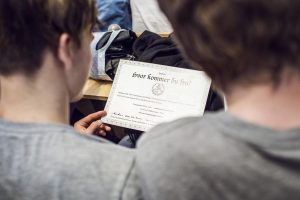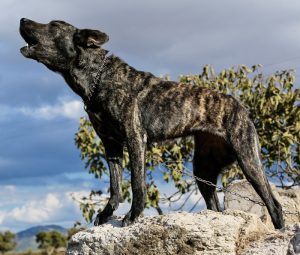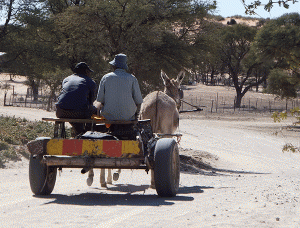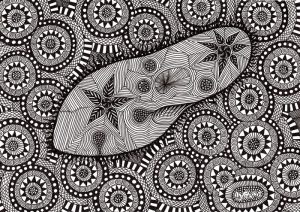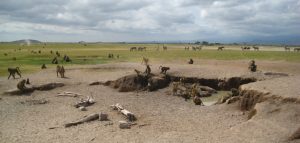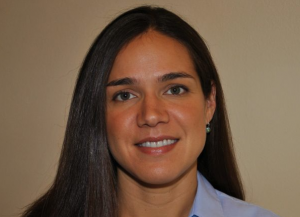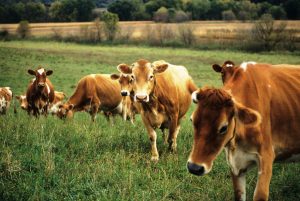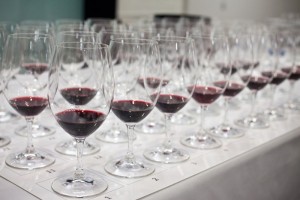Enter your address to receive notifications about new posts to your email.
Articles tagged Genomics
(79 results)
-
Genomic study of high school students from across Denmark reveals remarkable genetic homogeneity
People from Denmark are genetically similar to each other no matter which part of the country they come from, report researchers in the journal GENETICS, a publication of the Genetics Society of America. Eight hundred Danish high school students contributed genetic material to the Where Are You From? project, and the data were used to…
-
Genome of fiercely protective Fonni’s Dog reflects human history of Sardinia
A genomic analysis of 28 dog breeds has traced the genetic history of the remarkable Fonni’s Dog, a herd guardian endemic to the Mediterranean island of Sardinia. The results, published in this month’s issue of GENETICS, reveal that the regional variety has developed into a true breed through unregulated selection for its distinctive behavior, and that…
-
Kindred and KhoeSan: African ancestry is tied to ecogeography
Geography and ecology are key factors that have influenced the genetic makeup of human groups in southern Africa, according to new research discussed in the journal GENETICS, a publication of the Genetics Society of America. By investigating the ancestries of twenty-two KhoeSan groups, including new samples from the Nama and the ≠Khomani, researchers conclude that…
-
#TAGC16 Shorts: The fate of duplicates
Guest post by Caroline Berger. #TAGC16 Shorts are brief summaries of presentations at The Allied Genetics Conference, a combined meeting of seven genetics research communities held July 13-17, 2016 in Orlando, Florida. You might remember the flickering cilia of little Paramecia from the classroom, where these ciliate species can be easily observed with a binocular…
-
New Faculty Profile: Michael Wangler
New Faculty Profiles showcase GSA members who are establishing their first independent labs. If you’d like to be considered for a profile, please complete this form on the GSA website. Michael Wangler Assistant Professor (starting July 2016) Department of Molecular and Human Genetics Baylor College of Medicine Lab website Research program: The overall long-term goal…
-
Fecal alchemy: Turning poop into genomics gold
When it comes to genotyping technology, poop genetics is stuck in the 1990s. While most geneticists are now awash in genome-scale data from thousands of individuals, those who depend on fecal and other non-invasively collected samples still rely on old-school, boutique panels of a dozen or so genetic markers. But feces — along with fur,…
-
New Faculty Profile: Philip Jordan
New Faculty Profiles showcase GSA members who are establishing their first independent labs. If you’d like to be considered for a profile, please complete this form on the GSA website. Phillip Jordan Assistant Professor (since 2013) Biochemistry and Molecular Biology Department Bloomberg School of Public Health Lab website Research program: Assessment of the functions of…
-
New Faculty Profile: Amanda Larracuente
New Faculty Profiles showcase GSA members who are establishing their first independent labs. If you’d like to be considered for a profile, please complete this form on the GSA website. Amanda Larracuente Assistant Professor (since 2015) Department of Biology University of Rochester Lab website Research program: Genomes are frequently in conflict with selfish DNAs – genetic…
-
Milking the Data: How genomic selection herded in a breeding boom
Sometimes, great advances in science come from combining the old with the new. Genomic selection is one such case; in 2001, Meuwissen, Hayes, and Goddard surveyed the changing landscape of genetics, had the foresight to work on a then-theoretical problem, and laid the foundation for a boom in biotechnology-assisted breeding that continues to this day.…
-
Wine yeast genomes lack diversity
Sequencing the genomes of hundreds of strains of the wine yeast S. cerevisiae has revealed little genetic diversity and high levels of inbreeding. In many cases, yeast strains sold by different companies were almost genetically identical. The results, published in the April issue of G3: Genes|Genomes|Genetics, suggest that winemakers attempting to develop improved wine yeasts…
-
Evolving butterflies and genome assemblies
The dizzying array of wing patterns in Heliconius butterflies has served as a model for evolution and adaptation in the wild for more than a century. The genus is most famous for the way different species within a geographic region tend to converge on similar wing markings—known as biological mimicry. In the latest issue of…

